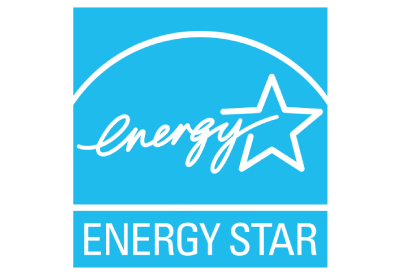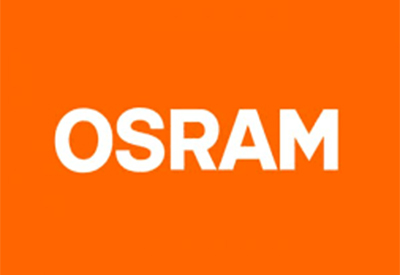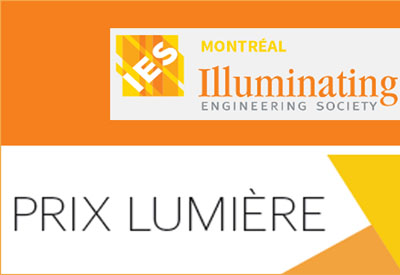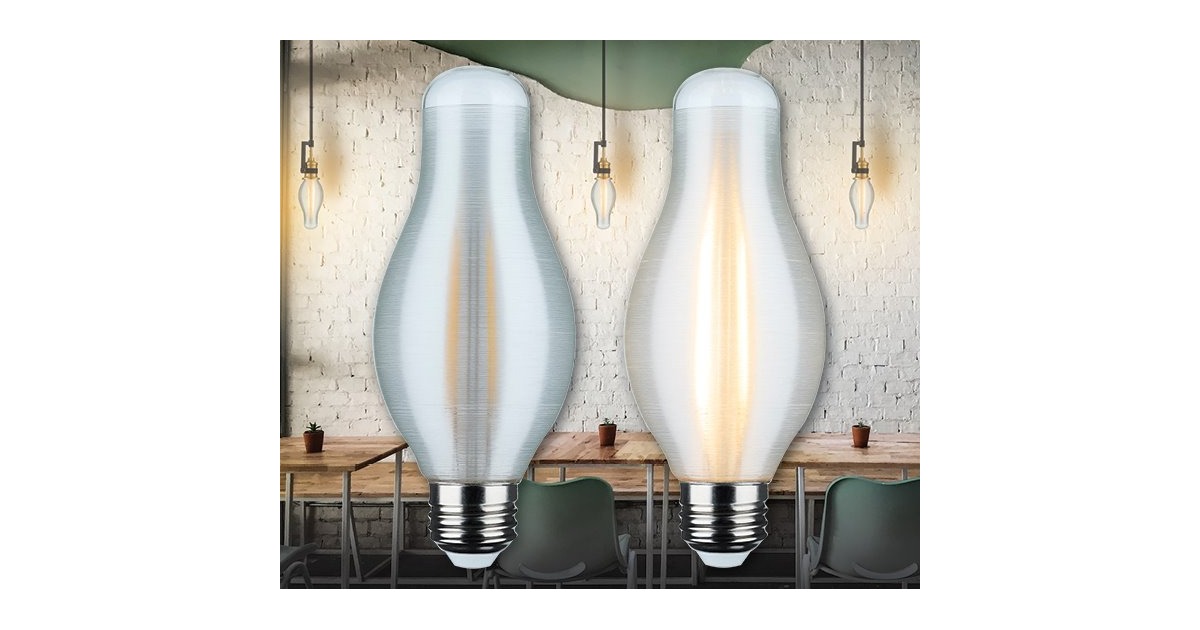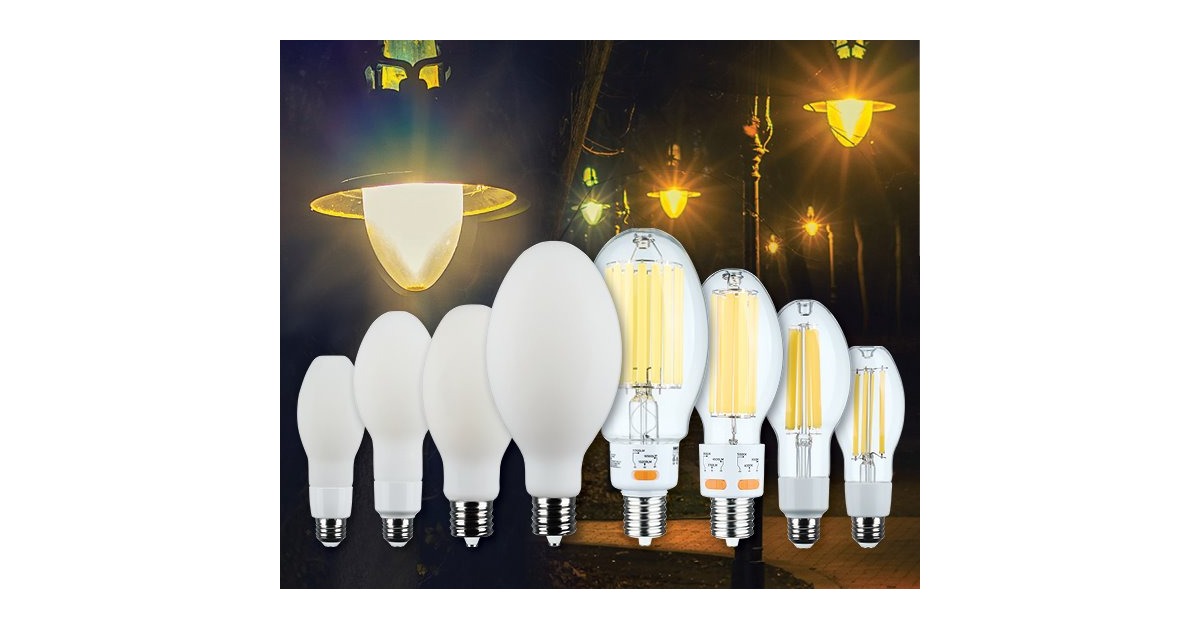Global Smart Lighting Market to Reach US$ 23.6 Billion by 2024
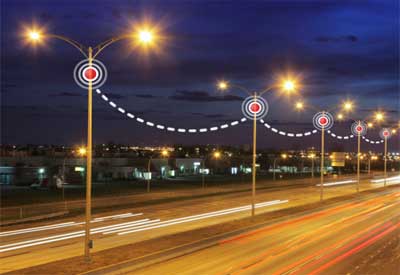
April 29, 2019
The introduction of eco-friendly lighting systems by manufacturers and the initiatives taken by governments for developing smart cities helped the global smart lighting market size reach US$7.9 billion in 2018, according to the latest report by IMARC Group, titled Smart Lighting Market: Global Industry Trends, Share, Size, Growth, Opportunity and Forecast 2019-2024.
Smart lighting technology enables users to change light intensity depending on parameters such as occupancy or daylight availability. It is rapidly replacing traditional lighting solutions as it is economical, sustainable, and draws lesser power. It is also accessible through smartphone applications, which makes it easy to control. Moreover, this lighting system has enabled real-time illumination monitoring, intelligent sensing and improvement in connected lighting technology. The evolution of big data and the Internet of Things (IoT) has further improved the integration of smart lighting with other automated systems used in smart homes.
In recent years, smart lighting has gained popularity across the globe as it helps in minimizing energy wastage. In line with this, various governments around the world are taking initiatives for developing smart cities, which have significantly contributed to the demand for these systems. For instance, under the Chicago Smart Lighting Program, the US Government has replaced over 270,000 outdated high-pressure sodium (HPS) light fixtures with new energy-efficient LED lights to reduce energy costs, improve the environment and ensure safety.
Aside from offering various environmental and cost-saving advantages, these systems are also creating a positive impact on society. For example, the installation of smart streetlights in Los Angeles has helped in reducing crimes related to burglary, vandalism and vehicle theft. In addition to this, Osram has introduced SymphoCity as an intelligent connected lighting management system that can manage and monitor city-wide lighting infrastructure from one central platform to establish a more connected and secure environment. Looking forward, the market value is projected to reach US$23.6 billion by 2024, expanding at a CAGR of 20% during 2019-2024.
Among the findings:
- Based on the offering, the market has been segmented into hardware, software and services. Hardware currently dominates the market, holding the largest market share.
- On the basis of the communication technology, wired technology represents the leading segment, followed by wireless technology.
- The market has also been categorized based on the installation type into new installation and retrofit installation. Among these, new installations dominate the market, accounting for the majority of the overall market share.
- On the basis of the light source, the market has been segregated as LED Lamps, fluorescent lamps, compact fluorescent lamps, high-intensity discharge lamps and others. LED lamps are the most popular segment.
- Based on the application, the commercial sector represents the largest application segment, holding a significant market share. Other major application areas include the residential sector and public infrastructure.
- Region-wise, Europe enjoys the leading position in the market. The other major regions include North America, Asia Pacific, Middle East and Africa, and Latin America.
The report also examines the competitive landscape with some of the key players being Philips Lighting, Acuity Brands, Osram, Cree, General Electric Company, Eaton, Honeywell, Legrand, Hubbell Lighting, Zumtobel Group, Hafele Group, Lutron Electronics, Wipro Consumer Care and Lighting, Streetlight Vision, Virtual Extension and Syska LED.
Find out more: www.imarcgroup.com/smart-lighting-market.

